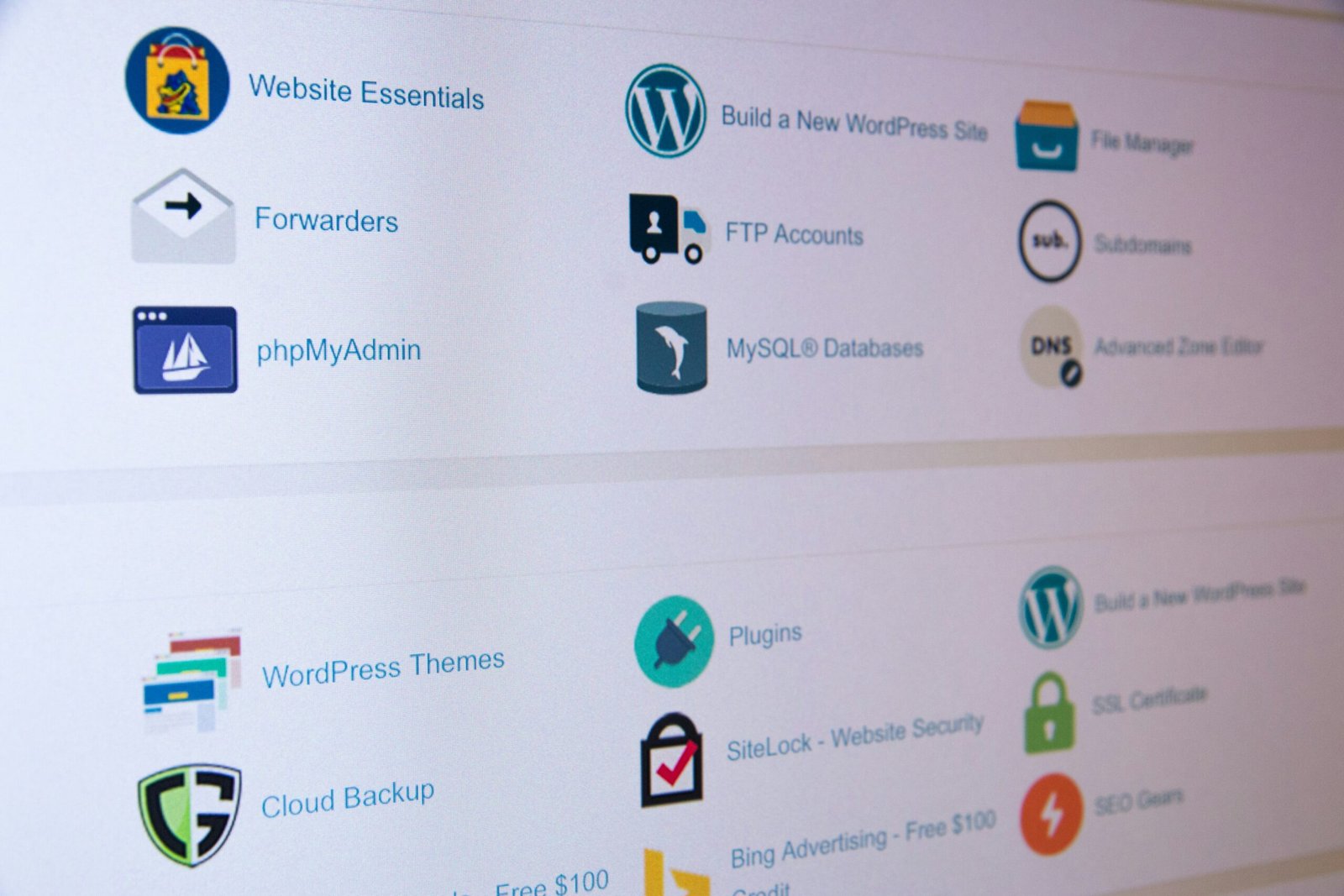Introduction to Cab Booking Websites
In today’s fast-paced world, the demand for efficient and reliable transportation solutions has seen a significant rise. A cab booking website serves as a pivotal platform that connects passengers with drivers, facilitating seamless and convenient travel arrangements. The proliferation of smartphones and internet accessibility has further fueled the need for online cab booking services, making them an indispensable part of urban mobility.
The convenience offered by a cab booking website extends beyond mere transportation. Customers can book rides at their convenience, eliminating the need to hail cabs on the street or wait in long queues. Key features such as real-time tracking allow users to monitor the location of their booked cab, providing a sense of security and assurance. Additionally, pricing estimates enable customers to make informed decisions, while user-friendly interfaces ensure a smooth booking experience.
A typical cab booking website should incorporate several essential features to meet user expectations. Real-time tracking capabilities are crucial for both passengers and drivers, offering transparency and improving communication. Pricing estimates help users budget their travel costs effectively, and easy booking options, including quick ride scheduling and multiple payment methods, enhance user satisfaction.
WordPress, a versatile and widely-used content management system, plays a significant role in simplifying the development of cab booking websites. With its extensive library of themes and plugins, WordPress makes it accessible for developers and business owners to create functional and aesthetically pleasing websites. Its user-friendly interface and customizable options allow for the creation of tailored solutions that cater to specific business needs, without requiring extensive coding knowledge.
In conclusion, the integration of WordPress themes in developing cab booking websites not only streamlines the development process but also ensures that the end product is efficient, user-friendly, and capable of meeting the growing demand for online cab booking services.
Choosing the Right WordPress Theme for Cab Booking
When developing a cab booking website, selecting the right WordPress theme is a critical step. A well-chosen theme can enhance the user experience by making the site visually appealing and highly functional. The right theme should seamlessly integrate with booking plugins, be mobile-friendly, and offer a range of customizable options to cater to specific business needs.
Firstly, it is crucial to choose a theme that is compatible with popular cab booking plugins. Plugins such as Bookly, Taxi Booking Plugin, and CabGrid are specifically designed to handle the complexities of cab service bookings. A theme that supports these plugins will ensure that your website can manage bookings efficiently, providing a smooth experience for customers.
Mobile-friendliness is another essential factor. A significant portion of users will access your website via mobile devices, so it is vital to choose a responsive theme that adjusts seamlessly across various screen sizes. This ensures that your website remains accessible and functional on smartphones and tablets, thereby improving user engagement and satisfaction.
Customizability is also a key consideration. Look for themes that offer a range of customizable options, such as color schemes, typography, and layout variations. This allows you to tailor the website’s appearance to align with your brand identity. Additionally, themes that come with built-in customization tools, like drag-and-drop builders, can simplify the design process, even for those with limited technical expertise.
Popular WordPress themes specifically designed for cab booking services include “Taxi Park,” “Grab Taxi,” and “CityCab.” Each of these themes offers unique advantages. “Taxi Park” is known for its modern design and compatibility with WooCommerce, making it easy to manage payments. “Grab Taxi” provides a user-friendly interface and a variety of layout options, while “CityCab” stands out for its advanced booking form and SEO optimization features. However, each theme has its cons, such as limited customization options or higher costs, so it is important to consider your specific requirements and budget.
In conclusion, choosing the right WordPress theme for your cab booking website involves balancing visual appeal with functionality. By focusing on compatibility with booking plugins, mobile-friendliness, and customizable options, you can create a website that meets your business needs and provides an excellent user experience.
Setting Up and Customizing Your Cab Booking Website
Establishing a cab booking website begins with the installation of WordPress, a versatile platform renowned for its ease of use and extensive customization options. First, download and install WordPress from the official website. Upon successful installation, navigate to the WordPress dashboard and select a theme that aligns with your brand’s aesthetic and functionality requirements. Popular themes for cab booking services include those optimized for transportation, featuring built-in booking systems and responsive designs.
Once the theme is installed, the next step involves customization to reflect your brand’s identity. Start by uploading your logo through the theme settings or the WordPress customizer. Ensure the logo is of high quality and appropriately sized. Following this, adjust the color scheme to match your brand colors. Most themes offer a color picker tool within the customization options, facilitating seamless color adjustments. Layout adjustments might also be necessary; you can modify headers, footers, and widget placements to ensure a cohesive and user-friendly design.
Integrating essential plugins is crucial for the functionality of your cab booking website. Begin by installing a reliable booking plugin. Plugins like Bookly or WP Simple Booking Calendar are excellent choices, offering user-friendly interfaces and robust booking functionalities. Next, integrate a secure payment gateway. WooCommerce, coupled with extensions for payment gateways such as Stripe or PayPal, provides a seamless transaction experience. Additionally, customer management plugins like Jetpack CRM or WP ERP can streamline customer interactions and data management.
Enhancing user experience is vital for retaining customers. Ensure your website is easy to navigate by employing a clean and intuitive menu structure. Utilize clear call-to-action buttons guiding users through the booking process. Make sure the website is mobile-responsive, as a significant portion of users will access your site via smartphones. Regularly test the website’s speed and performance, optimizing images and leveraging caching plugins to ensure quick load times. By following these steps, you can create a cab booking website that is not only functional but also engaging and user-friendly.
Optimizing and Maintaining Your Cab Booking Website
Effective optimization and maintenance are crucial for the success of your cab booking website. Ensuring that your site operates at peak performance involves several key techniques, one of which is image optimization. High-resolution images can significantly slow down your site, so utilizing tools like JPEG-Optimizer or TinyPNG to compress images without losing quality can greatly enhance load times. Additionally, implementing caching plugins such as WP Super Cache or W3 Total Cache can store static versions of your site, reducing the need for repeated data retrieval and speeding up overall performance.
Search Engine Optimization (SEO) is another vital aspect. Start by conducting keyword research to identify terms potential customers might use when looking for cab booking services. Incorporate these keywords naturally into your content, meta descriptions, and titles. Tools like Yoast SEO can assist in optimizing your content for search engines, ensuring that your site ranks higher in search results. Remember that SEO is not a one-time effort; it requires continuous updating to adapt to changing algorithms and trends.
Regular maintenance is essential for the security and functionality of your website. This includes updating themes and plugins to their latest versions, which often include important security patches and performance improvements. Monitoring your site for security issues is also critical; consider using security plugins like Wordfence or Sucuri to detect and mitigate potential threats. Regular backups are equally important, allowing you to restore your site quickly in case of data loss or a security breach. Plugins like UpdraftPlus can automate this process, ensuring you always have a recent backup.
User feedback and analytics data provide invaluable insights for continuous improvement. Tools like Google Analytics can help you understand user behavior, identify problem areas, and measure the effectiveness of your optimization efforts. Regularly review this data and be open to making changes that enhance user experience and site performance.








